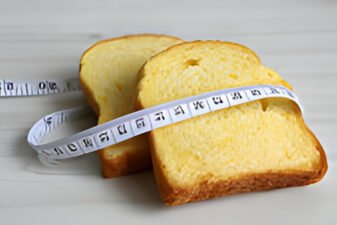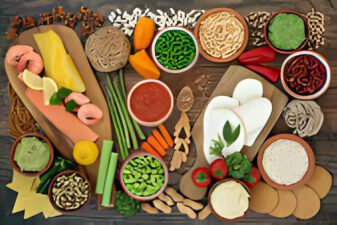Most of the time we don’t eat servings of individual carbohydrate-type foods: we eat meals with a variety of foods containing varying amounts of carbs, as well as protein, fat and fiber. Thus in practice, for optimum blood-glucose management, we need to know the glycemic value of a meal, rather than simply the GI of individual foods.
How to Measure the Glycemic Index Value of Meals
To calculate the GI value of a meal, you need to know two things:
– The total grams of carbohydrates in the meal.
– The percentage of the carb-total contributed by each food.
Once you know this data, which is typically obtainable from most food composition or nutrition tables, the GI calculation for a meal is simple:
Multiply the GI value of each food by their percentage of total carbohydrate. Add up the totals, to get the GI value for the meal.
Calculating GI For a Simple Meal
- Suppose you eat 2 slices (2oz) of toast and a glass (4oz) of milk.
- The toast contains about 26g of carbohydrate; milk about 6g of carbs.
- The total carb content is 32g. (81% from bread; 19% from milk)
- The GI of bread is about 70; the GI of milk is about 28.
Calculation = GI X Percentage of carb contribution
Toast: 70 X 81% = 57
Milk: 28 X 19% = 5
Total: 57 + 5 = 62
The GI value of the meal is 62.
Calculating GI Value of Meals Not Always Possible
If we eat meals with non-standard foods that either do not have a GI rating, or are cooked in ways that have not been tested for GI effect, it is not possible to calculate a precise GI value for them. Even so, by using food composition tables and GI rating lists, it is possible to arrive at ballpark GI values for most meals.










